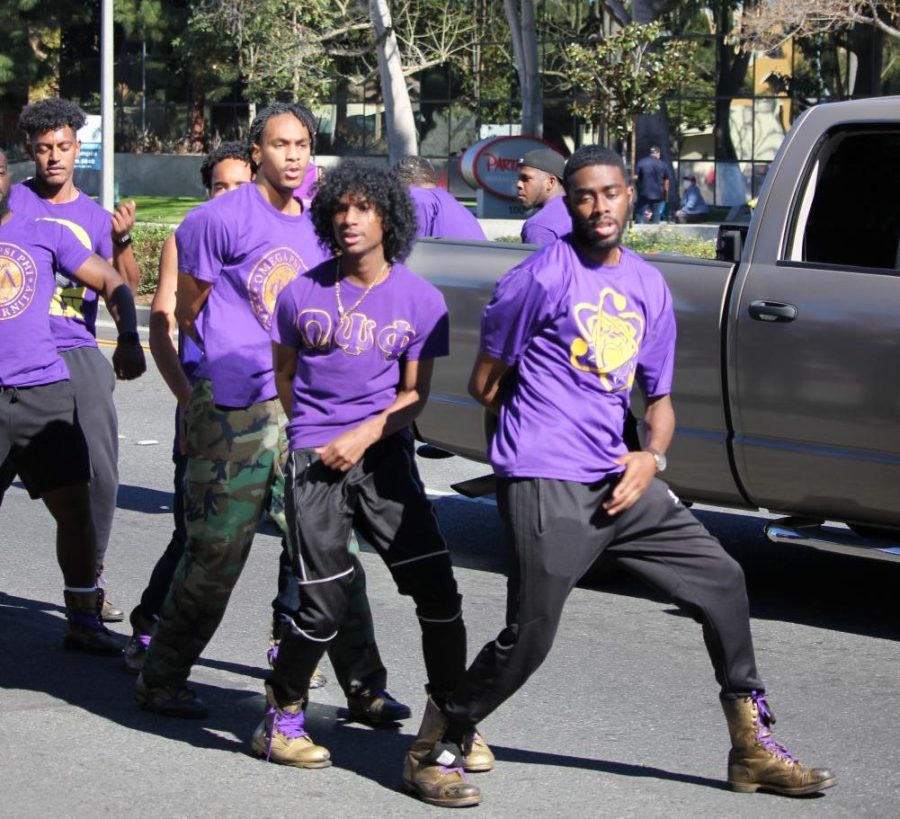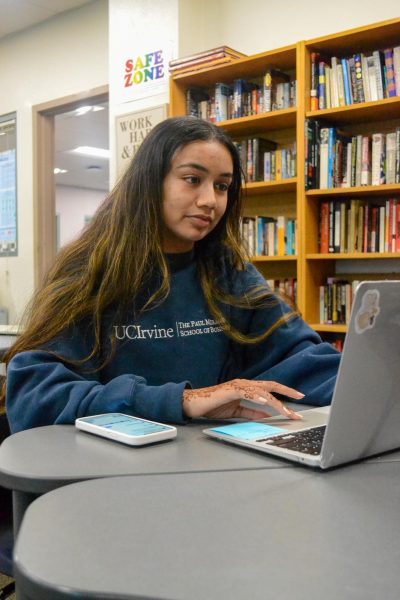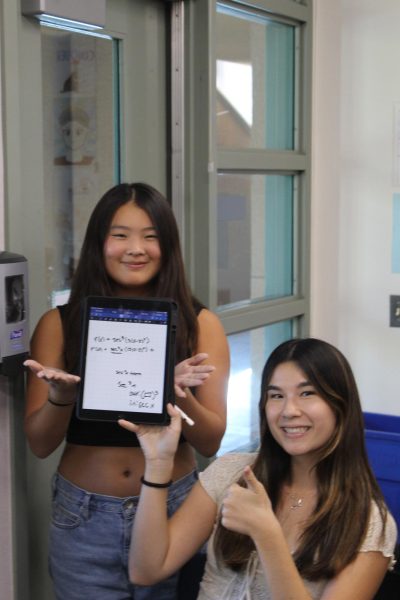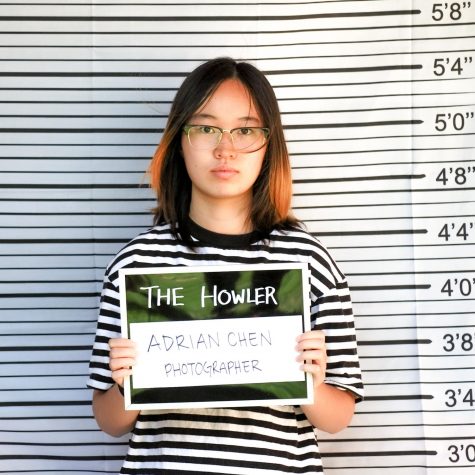42nd Black History Month Parade
PARADING THE STREETS: Members of local fraternities were part of the motorcade that included antique cars and leaders in the Black community, from state senators to kickboxing champions.
February 10, 2022
As Anaheim Boulevard flooded with a lively medley of cars, dancers, live music and performers, the passionate crowd clapped along to the cheerful beat they collectively set, kicking off the 42nd annual Black History Parade on Feb. 5.
Held on the first Saturday of Black History Month, the Orange County Heritage Council hosts the parade each year to celebrate and display Black accomplishments and heritage with local and national Black history-makers invited to participate.
“The parade had a lot of people really important to the Black community that I didn’t know about, and this really opened my eyes about how influential the community is,” sophomore Tyler Truong said. “Minority groups can have a huge impact on the majority when you see different aspects of Black heritage in one place.”
In attendance were special guests such as the first Black female kickboxing International Sport Karate Association World Champion Frieda Gibbs, former political aide Omarosa Manigault Newman, several actors, rappers, models and more. Both the young and old sang and danced to the beat of drums in energetic drill teams, while horse riders clopped down the street. Shortly after, a car and motorcycle show featuring a colorful variety of antique vehicles took place before a kids’ breakdance competition. Additionally, over a dozen social groups performed, while local mayors, including Irvine mayor Farrah Khan, were featured.
“This parade is about inclusivity and sharing how diverse we are as a community, and it is important to highlight our Black community members, even in Irvine if they are only 2%,” Khan said. “We wouldn’t have many of the rights you and I have if it weren’t for the Black movement, so it’s very important to understand that and not only celebrate it but also remember it.”
Crowds did not disperse as the last float made its way down the street but instead moved on to the Unity Festival. There, art created by youth was showcased along with stalls selling ethnic food and clothing. The annual event has come a long way from its first parade in 1980, which featured a mere eight entries showcased by late founder Helen Shipp.
“The parade seems to be a place where we know once a year many friends will come together in unity,” Shipp said to the Los Angeles Times in 1991. “It’s like a gathering of old friends, commemorating together and letting the world know Blacks have contributed a lot of things to our great country.”



![AAAAAND ANOTHER THING: [CENSORED] [REDACTED] [BABY SCREAMING] [SIRENS] [SILENCE].](https://thehowleronline.org/wp-content/uploads/2025/06/lucy-1200x800.jpg)



















































![AAAAAND ANOTHER THING: [CENSORED] [REDACTED] [BABY SCREAMING] [SIRENS] [SILENCE].](https://thehowleronline.org/wp-content/uploads/2025/06/lucy-300x200.jpg)



